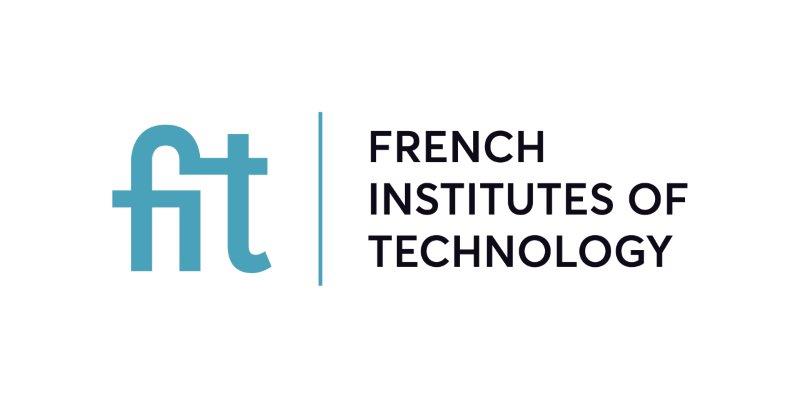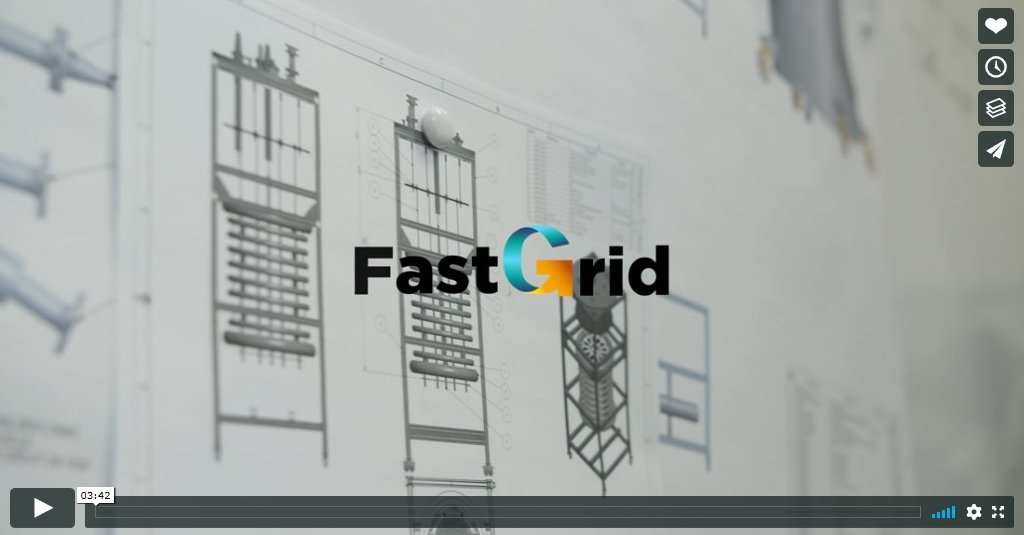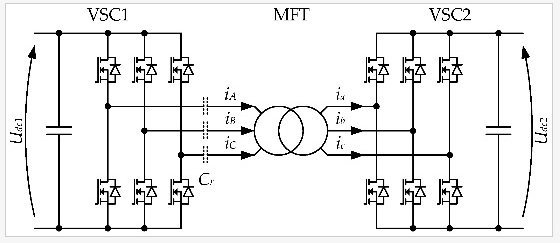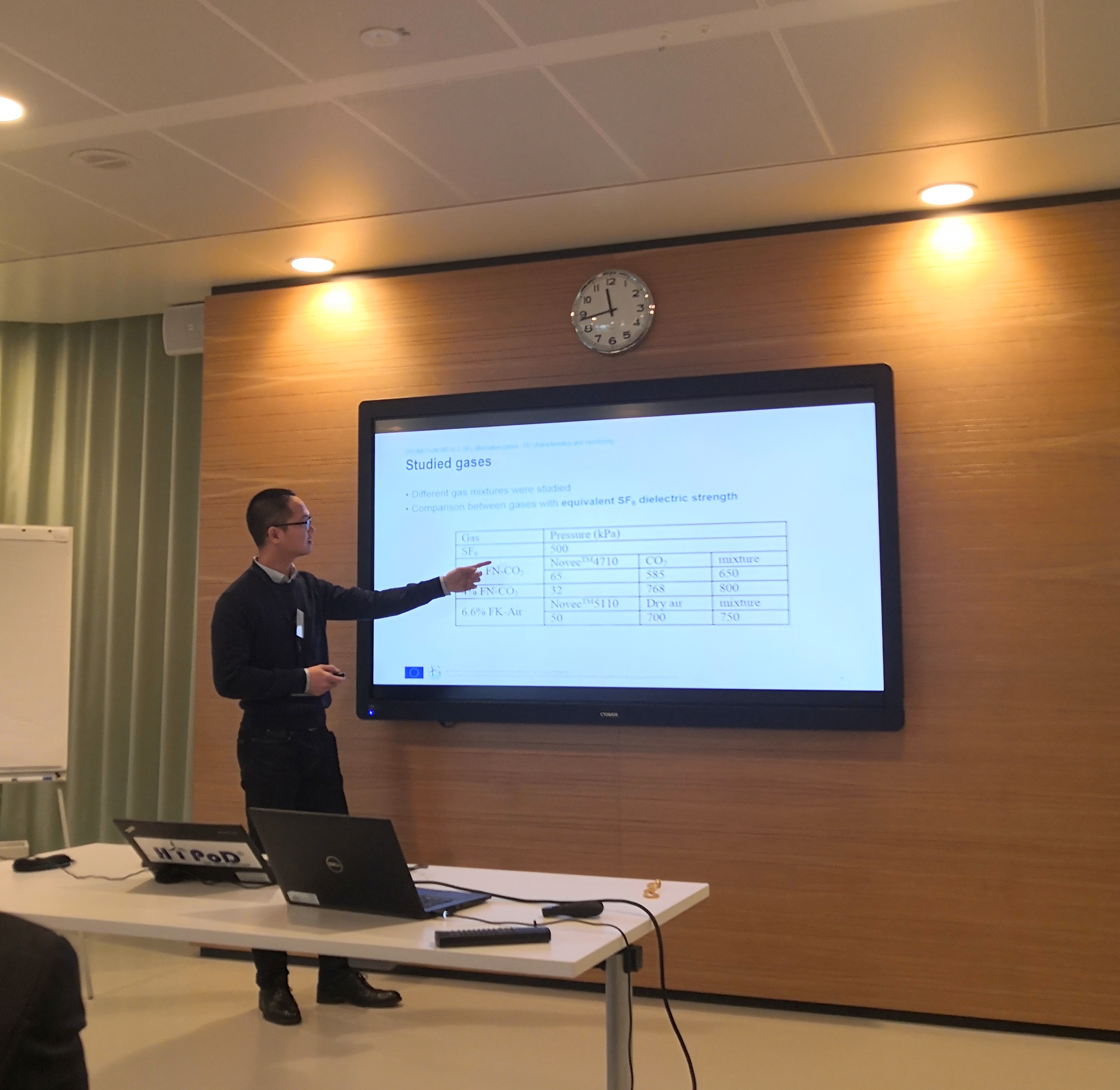SuperGrid Institute is now part of the French Institutes of Technology (FIT) association
On the 29th of April, SuperGrid Institute and the 7 other French ITEs officially joined the French Institutes of Technology association alongside its 8 existing members, the IRTs, to develop tangible innovations for the world of tomorrow.






